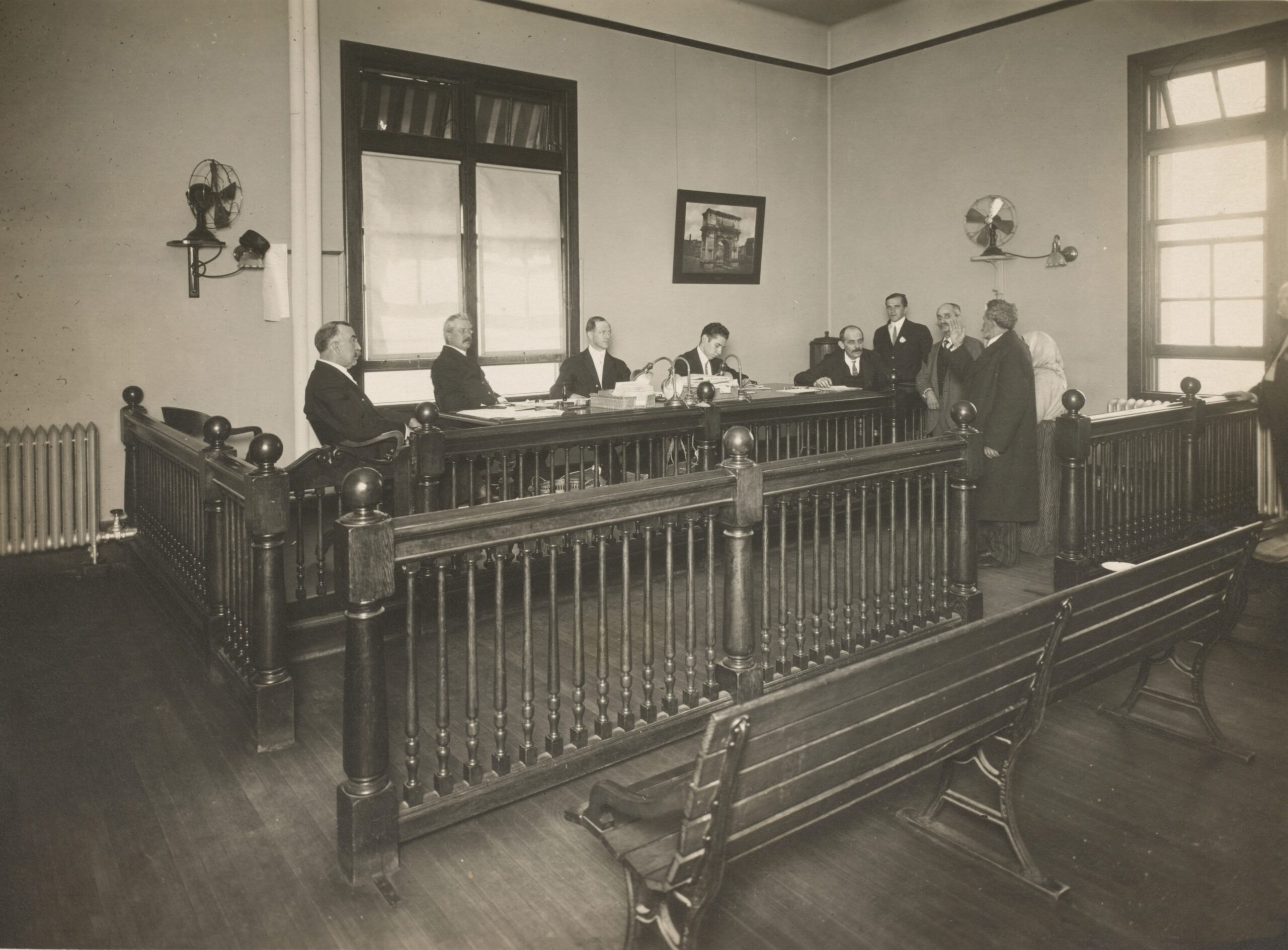DNA is like a fingerprint. Police can link you to a crime scene by matching a DNA sample left behind. A prosecutor can use this evidence to support his or her theory that you were present when the crime was committed in his or her effort to convince the jury beyond reasonable doubt that you are the perpetrator.
Whether your DNA found at the crime scene is enough evidence to convict you was the question in a recent Court of Appeals case. The defendant was convicted of burglarizing a Santa Ana nail salon based solely on DNA evidence. He appealed the judgment, claiming that there wasn’t enough evidence linking him to the crime scene to support his conviction.
The Appeals Court agreed.
People v. Arevalo (Case No. G047523, Cal. Court of Appeal, 4th District, March 10, 2014)
A jury returned a verdict of guilty against defendant Pedro Arevalo following his arrest and prosecution of a break-in at a Santa Ana nail salon.
Stolen from the Tustin Ave. salon were two televisions, a CD and a DVD player, and $200 in cash. An investigator called to the scene of the crime found a rock under one of the salon’s nail stations and believed the rock was suspicious. The investigator swabbed the rock for DNA evidence and sent the sample to a crime lab for testing. About a year later, the DNA profile was matched to the defendant.
Based only on this DNA match, the Orange County District Attorney’s office filed a complaint, charging Arevalo with second degree commercial burglary (Penal Code section 459, 460 (a)).
His jury trial began in August 2012. During the trial, the prosecution theorized that the rock was used to smash a glass pane near the front door of the salon in order to facilitate entry and fingered Arevalo as the culprit.
Arevalo appealed his conviction, claiming that the DNA evidence was insufficient to prove that he committed the crime by using the rock to break into the salon.
The defendant’s appeal asked the Court to resolve the question of whether DNA evidence, standing alone, was enough to connect him to the crime.
How Did The Court of Appeals Rule?
The appellate panel reasoned that there must be a connection between an object found at the scene of the crime and the crime itself, rather than just a connection between the object and the defendant. 
The Court relied on a case involving fingerprints left on a turnstile post as the only evidence discovered at a murder scene to guide its direction in this matter. In that case, the object found was in fact the murder weapon and directly connected to the crime. This case is distinguishable, however, because the object found at the crime scene may have been used to facilitate the crime, but otherwise had no connection to the crime itself. No other evidence existed linking this defendant to burglary.
The court followed the reasoning of the Ninth Circuit, which had held: “[In] fingerprint-only cases in which the prosecution’s theory is based on the premise that the defendant handled certain objects while committing the crime in question, the record must contain sufficient evidence from which the trier of fact could reasonably infer the fingerprints were in fact impressed at the time and not at some earlier date.
In the present case, the Court held that the mere presence of the defendant’s DNA on an object found at the crime scene did not, by itself, constitute sufficient evidence necessary to convict him of burglary.
Accordingly, the Court reversed Arevalo’s conviction.
Was This Decision Fair?
Unquestionably. Convicting a person on criminal charges requires proof beyond a reasonable doubt that the defendant did in fact commit the crime. DNA evidence found at the crime scene doesn’t necessarily implicate you without other corroborating evidence.
While DNA evidence may be considered the same as a fingerprint, and can link a suspect to a crime, a criminal conviction requires much more. Our criminal justice system depends on irrefutable proof that the defendant was not only present when the crime was committed, but also that he or she is, in fact committed the crime.
The Court in this case was asked to weigh the question of whether DNA is such convincing evidence, that nothing else matters. The court said No.
What Does This Decision Mean To You?
If the police charge you with committing a crime, you need to be aware that an experienced criminal defense attorney can help you avoid being convicted by thoroughly examining every piece of evidence against you. There must be clear proof that you actually committed the crime.
A lot of people, including prosecutors, think DNA evidence, like fingerprints, is foolproof at trial. They may think, if your DNA is at the scene, you must have done the crime. Not necessarily.
There are many scenarios as to why your genetic material may have been found at a crime scene. You touched a door knob going into a store. You handled money. You licked a stamp. Virtually anything your body comes in contact with can leave a DNA trace. But this does not mean you committed a crime. Nor does your presence prove your culpability. This is important for you to know.
If you are being charged with a crime, you need an experienced criminal defense attorney to represent you who is trained to carefully look not only at the evidence, but also at how that evidence can or cannot be applied in your case.
Contact Wallin & Klarich Today About DNA Evidence Being Considered in Your Case
If you or someone you care about has been charged with committing a crime, you should speak to one of our skilled criminal defense attorneys at Wallin & Klarich as soon as possible. Our attorneys at Wallin & Klarich have over 30 years of experience successfully defending clients facing criminal charges.
With offices in Los Angeles, Sherman Oaks, Torrance, Tustin, San Diego, Riverside, San Bernardino, Ventura, West Covina and Victorville, our attorneys at Wallin & Klarich are available 24 hours a day, 7 days a week to provide you with the very best legal representation available. We will help you get the best possible result in your case.
Call us today at (888) 280-6839 for a free telephone consultation. We will get through this together.



